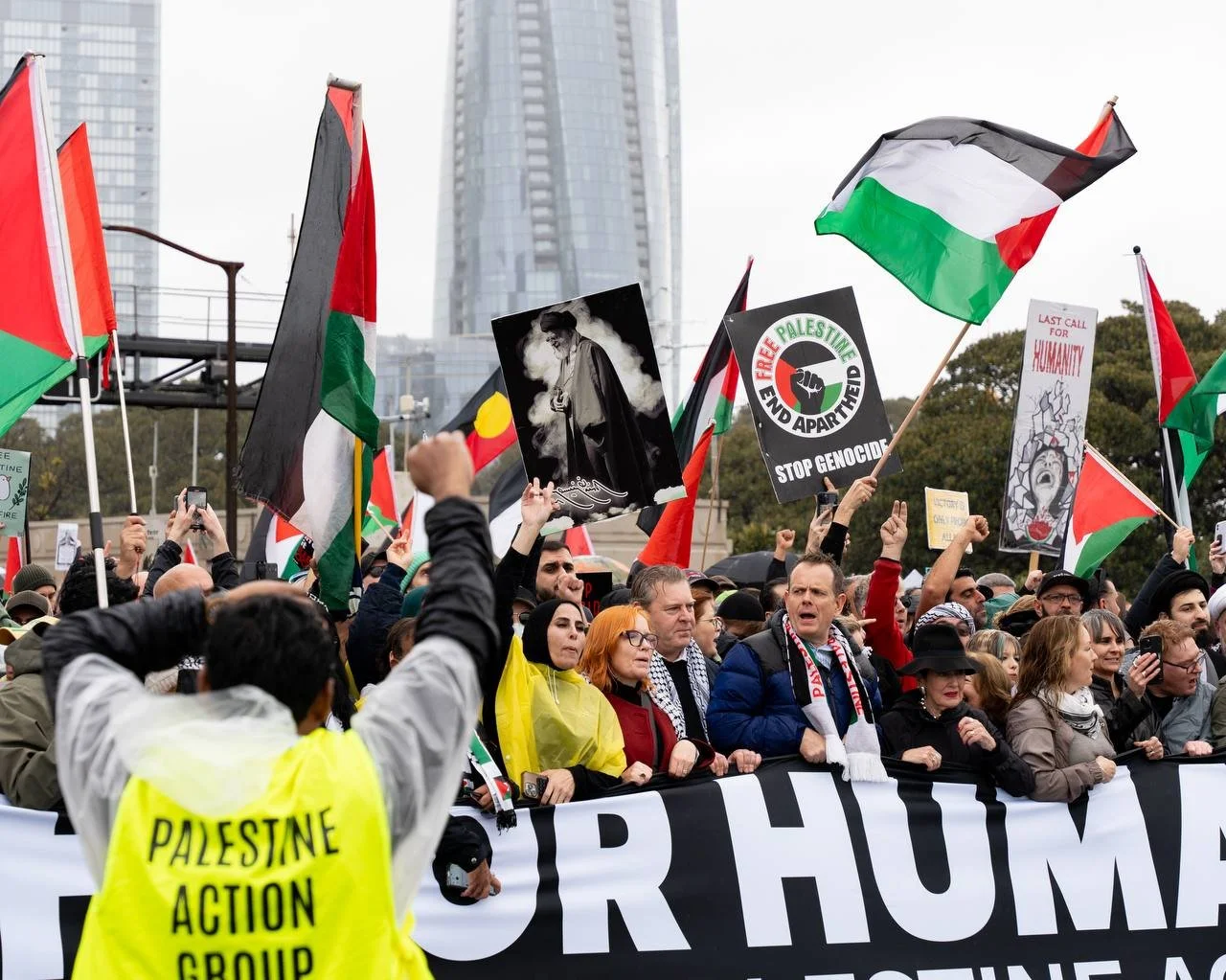Sydney’s Massive Gaza Protest Reveals Critical Dangers and Political Implications of Mass Gatherings
Executive Summary
The August 2025 Sydney Harbour Bridge pro-Palestinian protest, with crowd estimates from 90,000 to 300,000, set new records for Australian demonstrations and exposed how mass gatherings, even when peaceful, can rapidly create acute public safety threats, operational dilemmas, and political consequences.
Key Judgments
1. The scale of the Sydney protest exposed serious crowd safety vulnerabilities and tested police crisis management to its limits.
Evidence: NSW Police warned of potential “crowd crush” at bridge exits and halted the event using mass SMS alerts and coordination with organizers; police deployed 1,000 officers, describing the scene as the “most perilous” in decades (The Guardian, ABC News).
2. The extraordinary turnout reflects a mainstreaming of protest politics and a shift in public sentiment, pressuring government and political parties.
Evidence: Attendance estimates far exceeded organizer and police expectations, with participation from families, professionals, and former officials; Labor MP Ed Husic called the protest a “wake-up call” for policymakers (ABC News).
Analysis
Sydney’s 2025 “March for Humanity” has reset expectations for the scale, complexity, and political impact of mass protest in developed democracies. The event’s peaceful outcome depended on unprecedented last-minute coordination between police and organizers, but luck and cooperation are not reliable strategies. The risk of deadly crowd crush was very real, and future events may not benefit from such favorable dynamics, particularly if lone actors or extremists attempt to disrupt. The presence of “mainstream” Australia gave the protest unusual political weight, while the government’s response—balancing free speech, public order, and international reputation—highlighted the difficulty of managing highly charged, globally resonant issues at home.
This protest also signals that Australian domestic politics can be rapidly shaped by international crises, and that operational readiness for mass gatherings must adapt to a new era of unpredictable turnout and persistent threat.
Sources
ABC News – International reactions to pro-Palestinian march across Sydney Harbour Bridge
Al Jazeera – Tens of thousands protest Israel’s war on Gaza in Australia’s Sydney
BBC News – Tens of thousands turn out for Sydney pro-Palestinian march
The Guardian – Sydney’s huge Gaza protest shows there’s now no stopping the tide of public opinion


